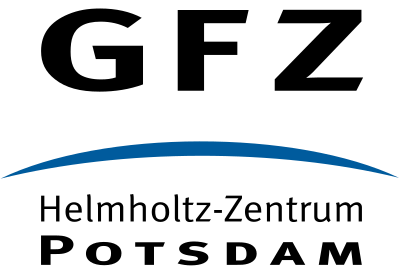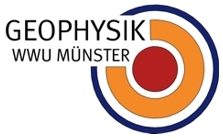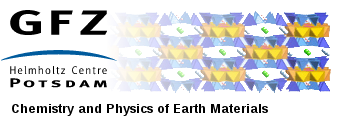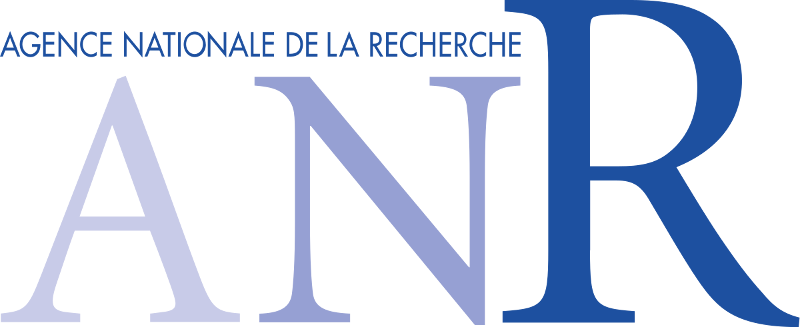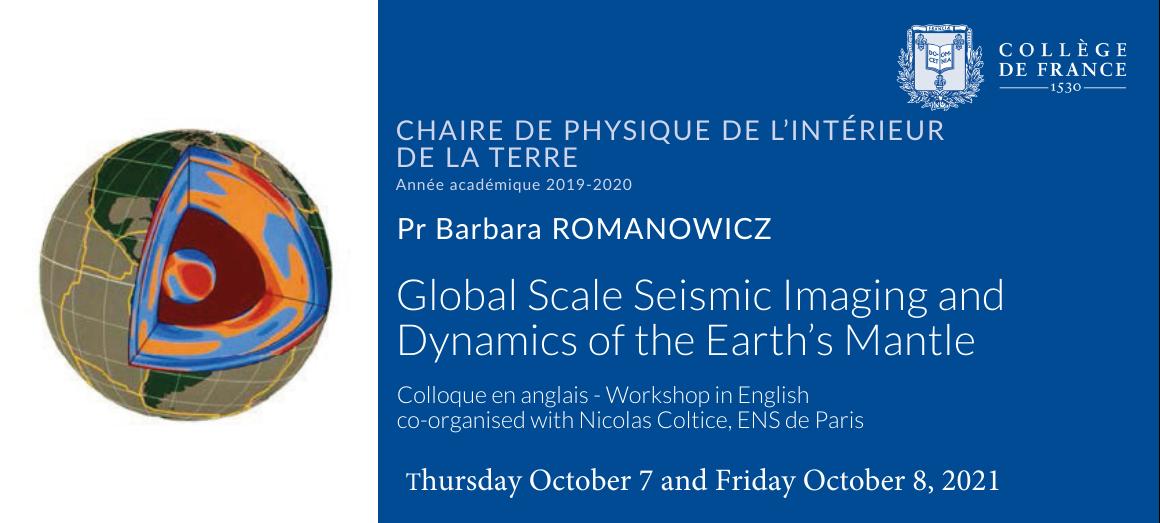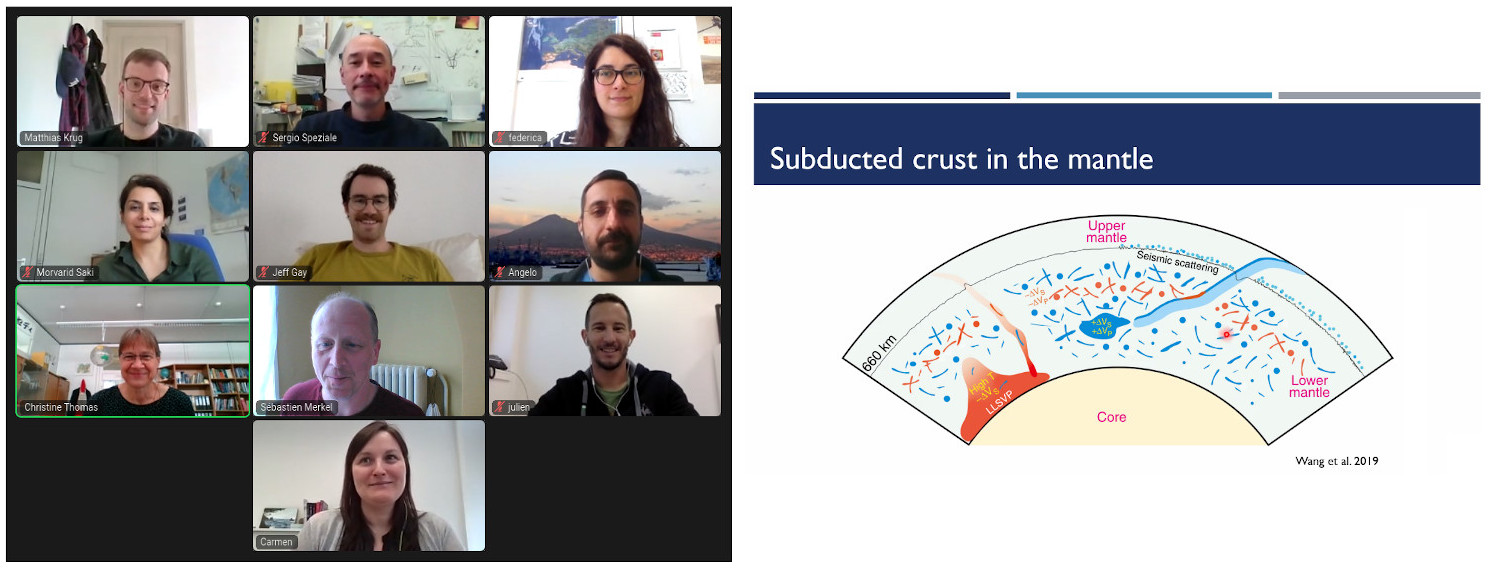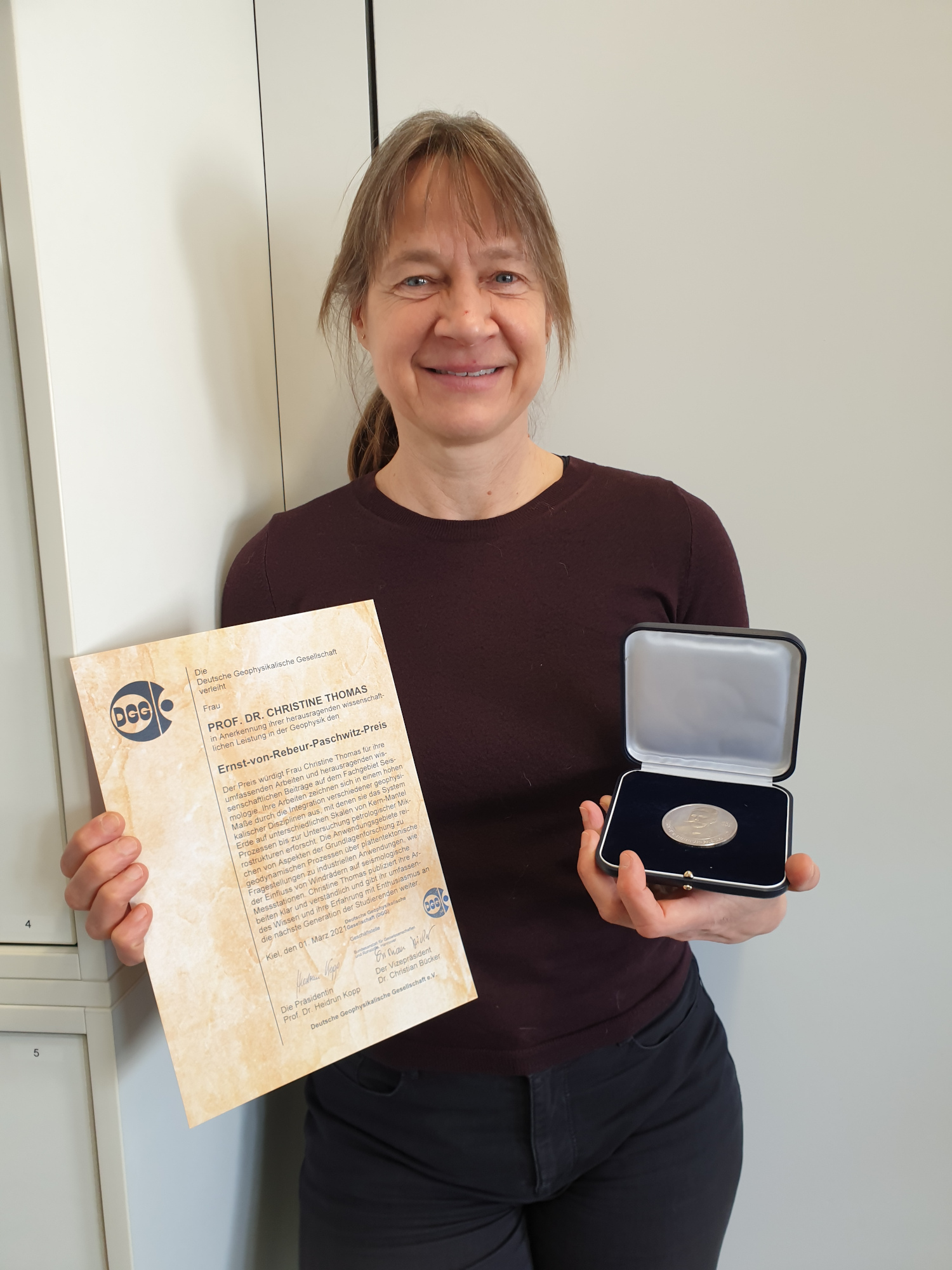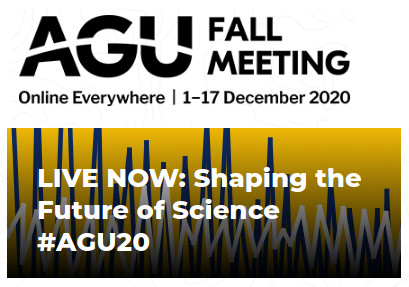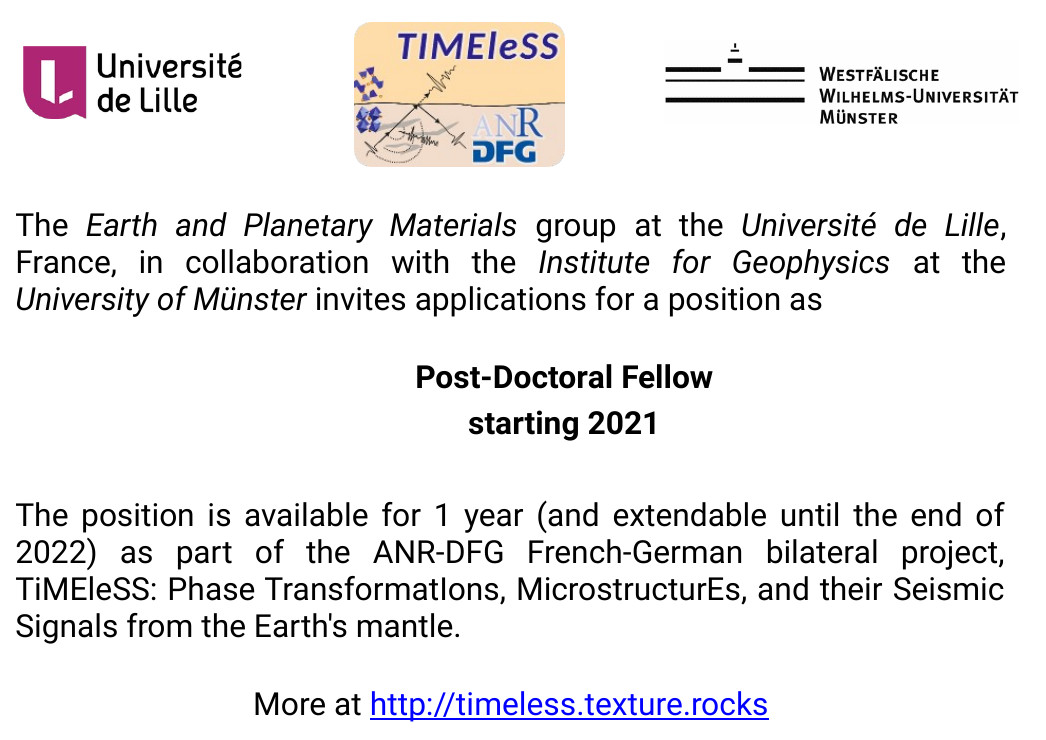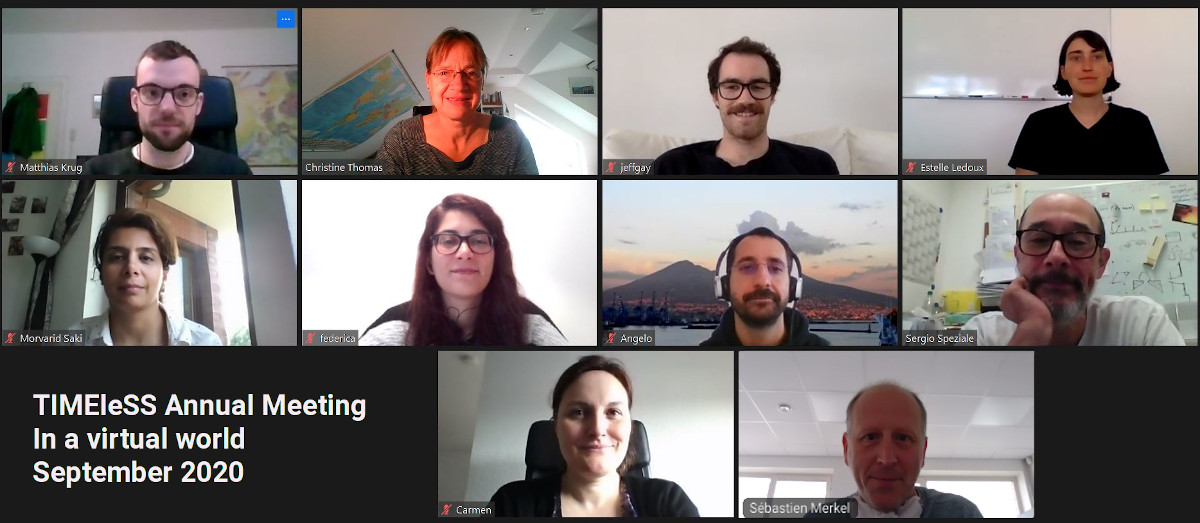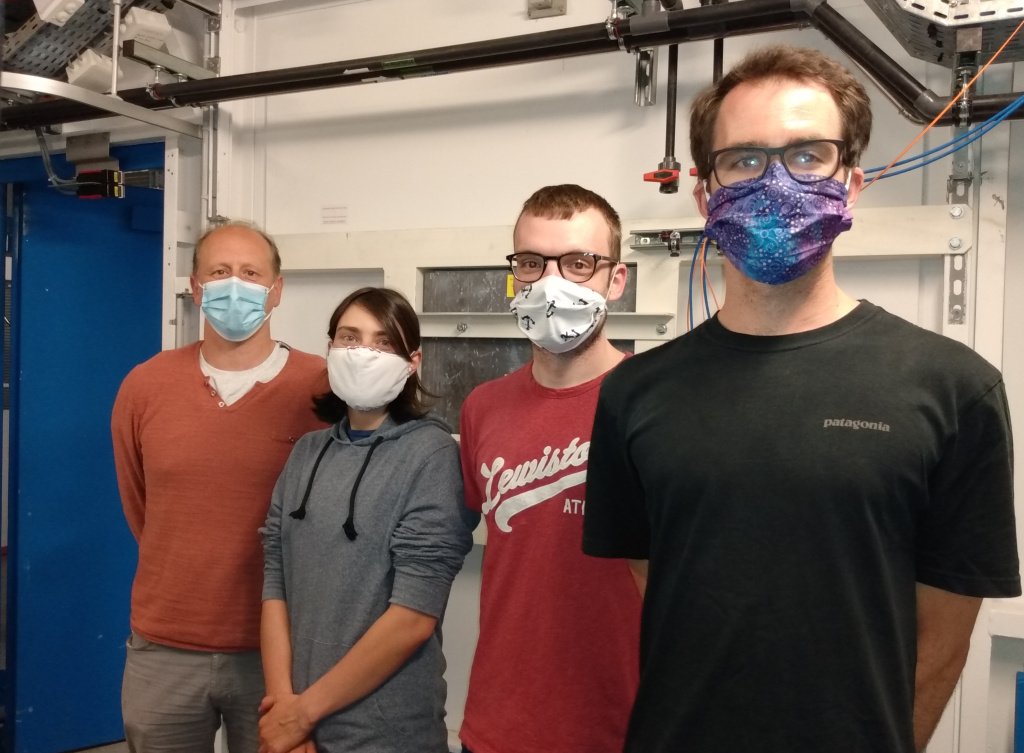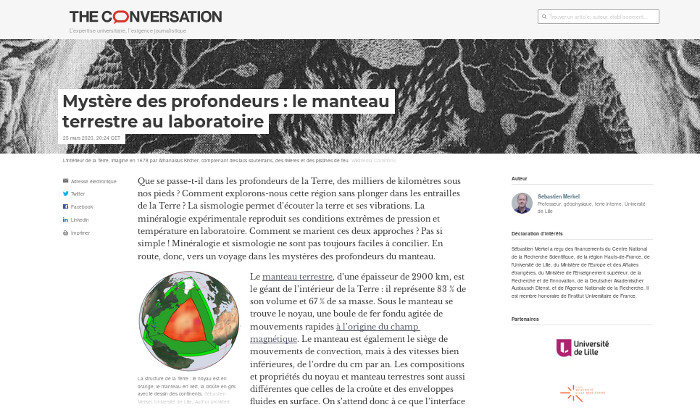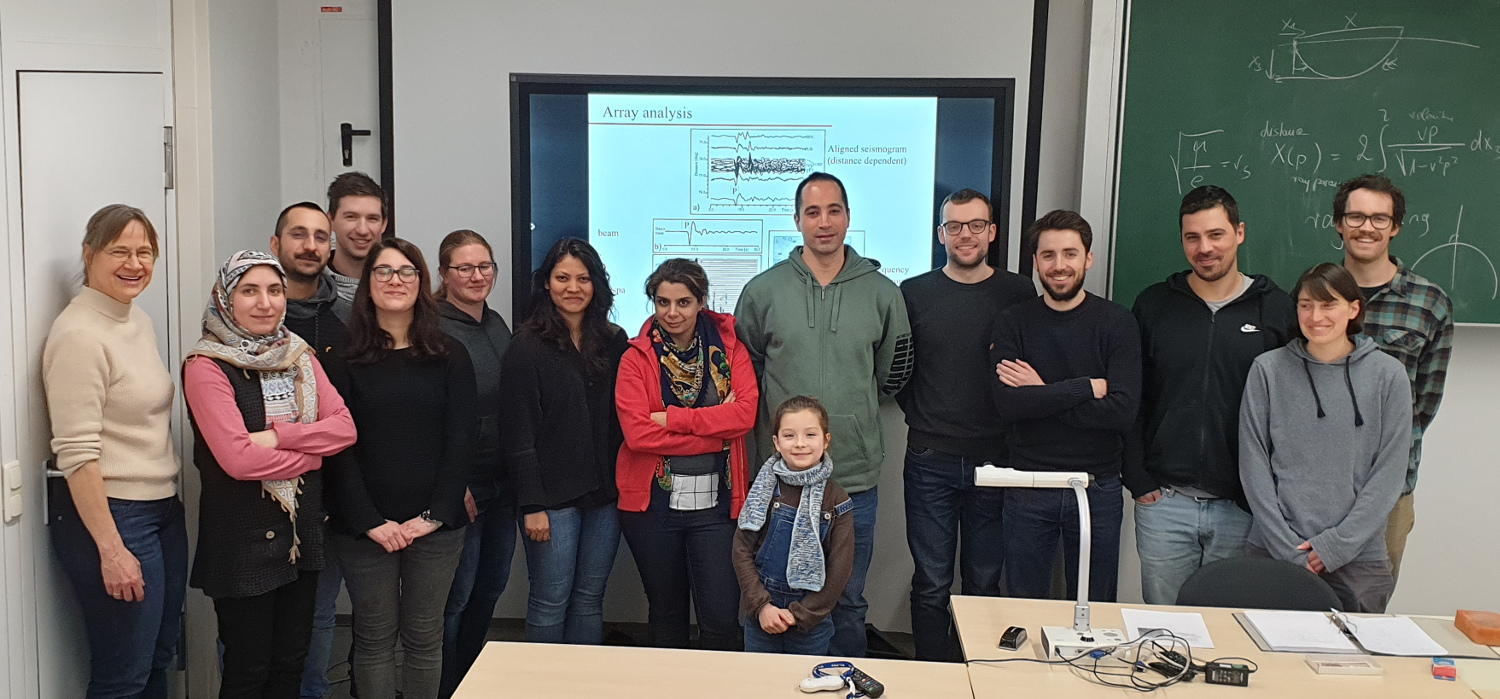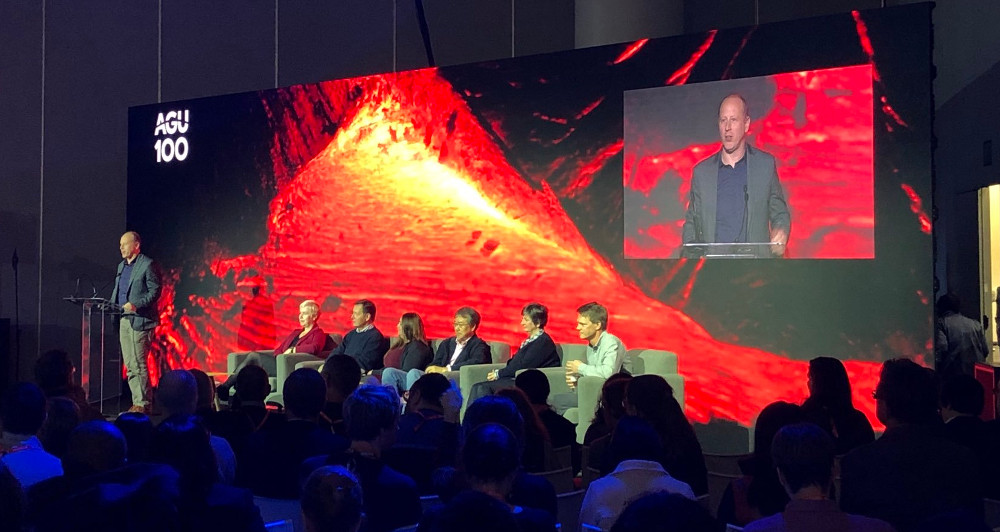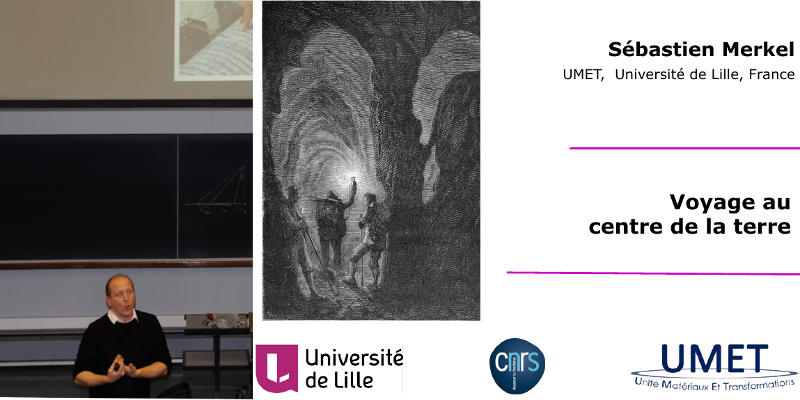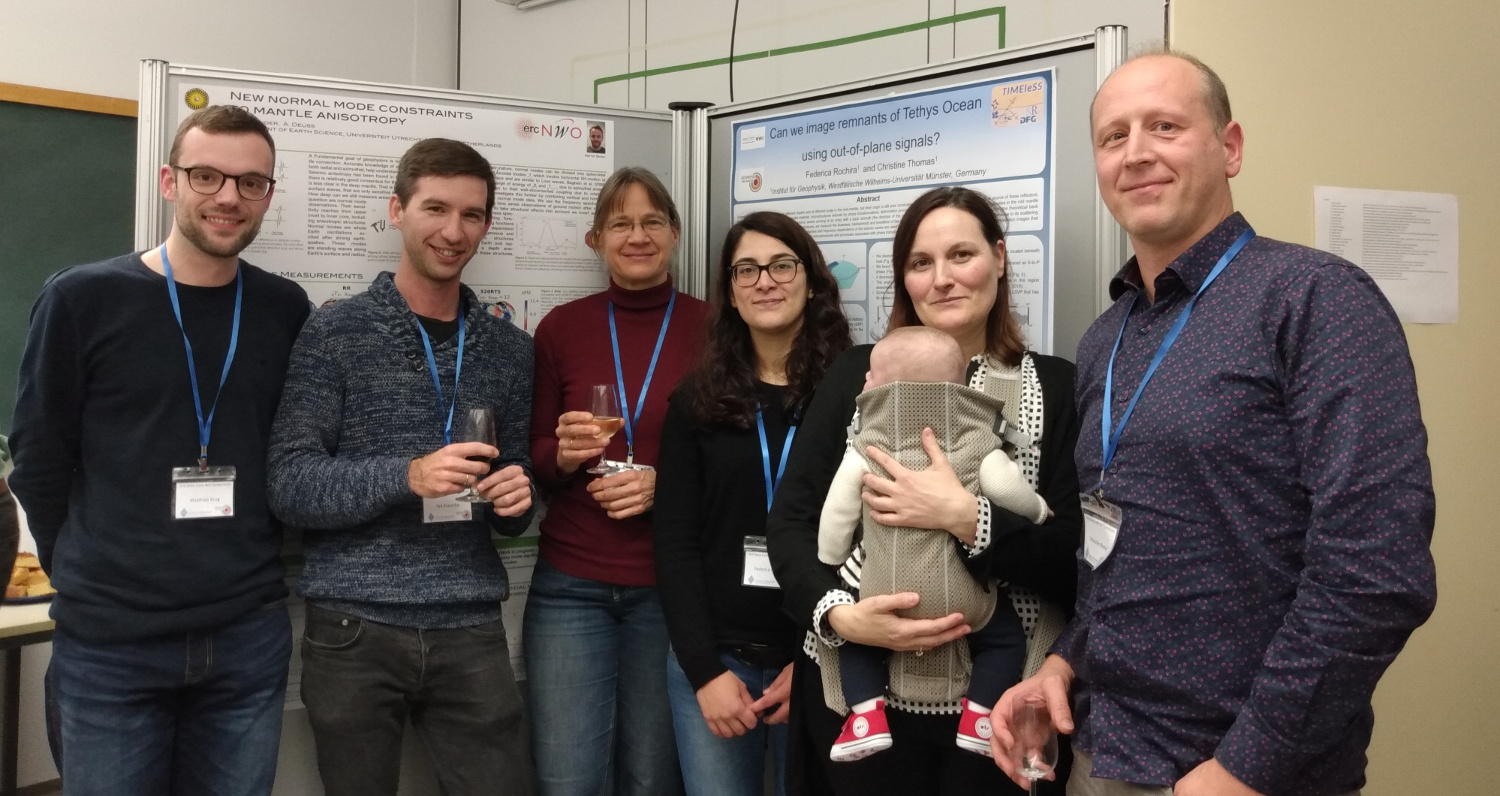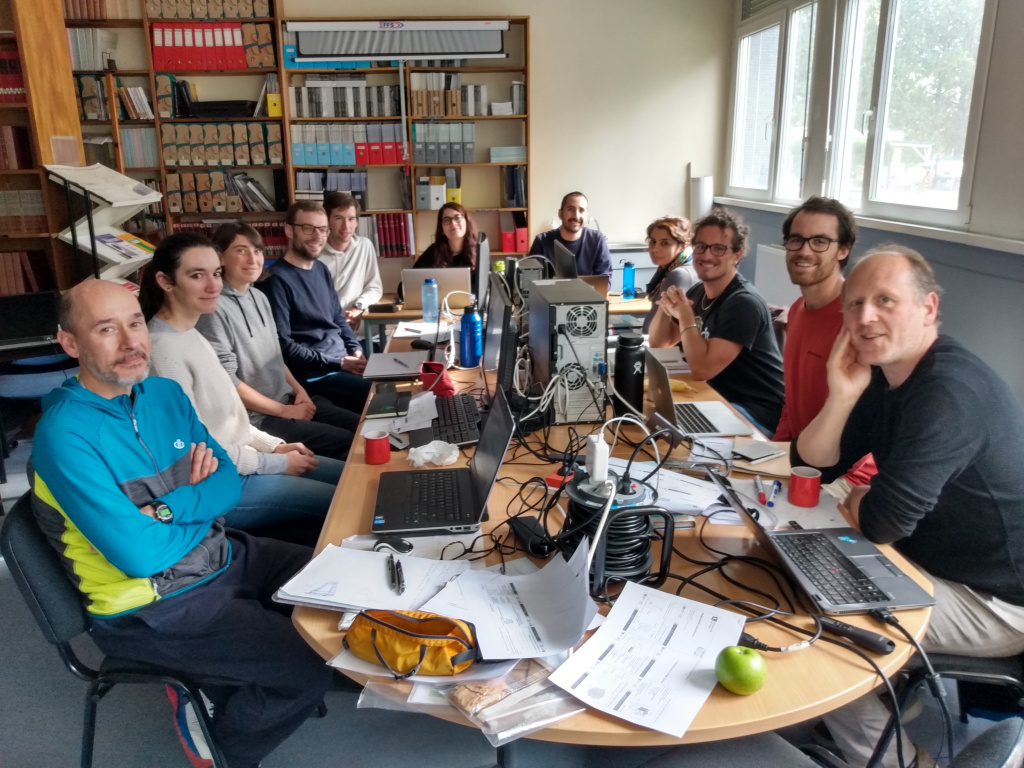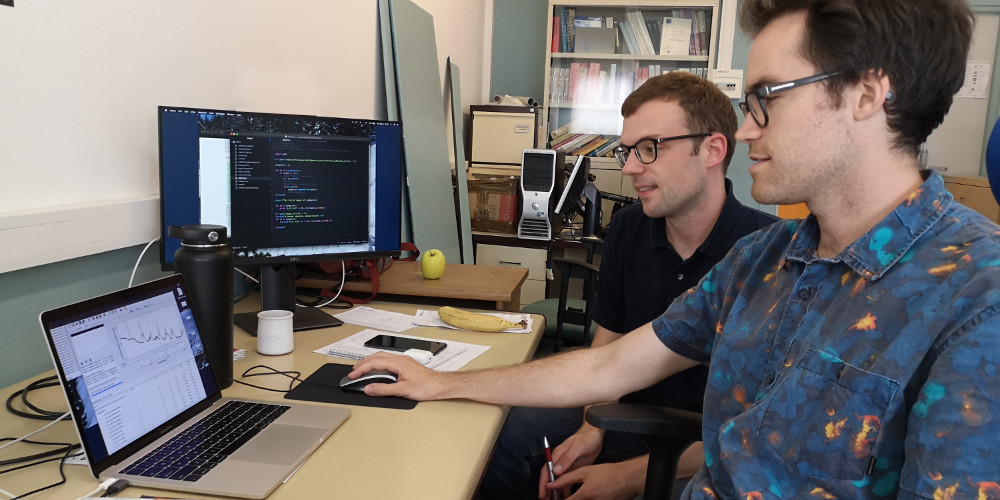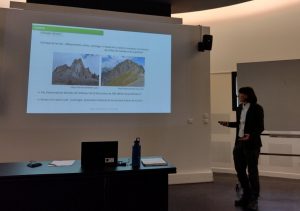 A new PhD defense for the TIMEleSS project!
A new PhD defense for the TIMEleSS project!
On Oct 20th, 2021, Estelle Ledoux defended her thesis entitled Microstructures de transformation et déformation dans le manteau terrestre : application au périclase et à la wadsleyite at the Université de Lille.
The PhD committee was composed of
- Jannick Ingrin, Univ. Lille, President
- Sylvie Demouchy, Univ. Montpellier II, Rapporteur
- Daniele Antonangeli, Sorbonne Univ., Rapporteur
- Jonathan Amodeo, Univ. Lyon 1, Examinateur
- Isabelle Daniel, Univ. Claude Bernard Lyon 1, Examinateur
- Sébastien Merkel, Univ. Lille, PhD Advisor
- Damien Jacob, Univ. Lille, PhD Advisor
Estelle presented her work for 45 minutes, followed by an hour of discussion with the committee. After deliberation, the committee decided to award the Doctoral Degree to Estelle Ledoux.
Congratulations Estelle!


